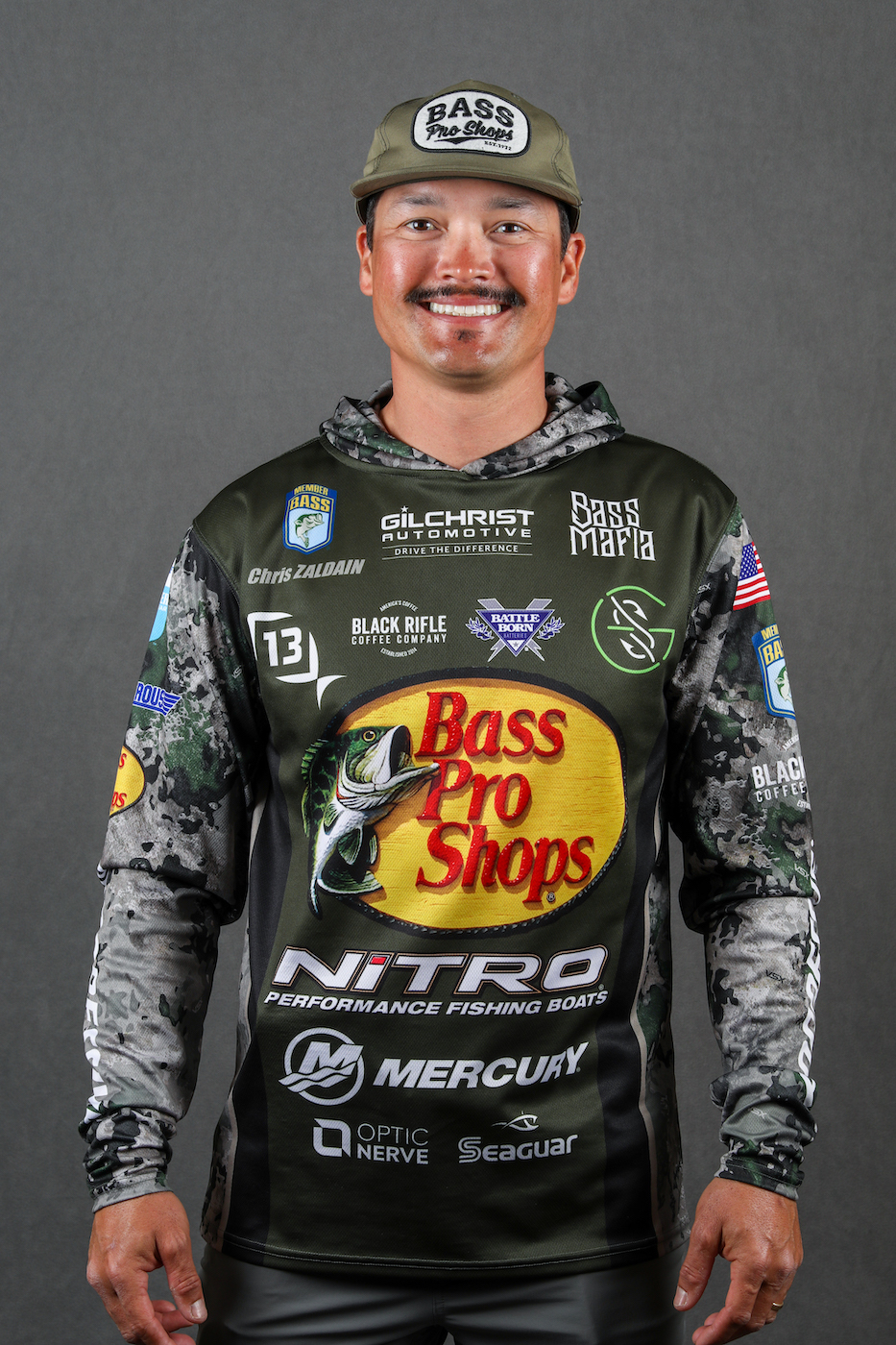
I just wrapped up my sixth Bassmaster Elite Series tournament of the year. I finished 1 ounce shy of the Top 50 cut at Wheeler Lake, which is frustrating to say the least. But despite finishing in the lower half of the field, I fell only three spots in the Progressive Bassmaster Angler of the Year standings. I’m currently in 17th place, and I’m happy with that.
With three events left in the season, I feel confident that I can stay above the cut to qualify for the Bassmaster Classic. I hope to climb up the AOY ladder to be among the top five.
Spotted bass will dominate at the next Elite tournament on Smith Lake. At the final two events at Lake Champlain and the St. Lawrence River, I plan to target smallmouth bass. All three of those tournaments lend themselves to tactics I learned while growing up in California. I believe that gives me an edge over many of the pros who are from the South.
Spots ruled over patterns at Wheeler
As I was grinding on Wheeler Lake all week under 95-degree temps with zero current and no wind, I couldn’t help but think about spots vs. patterns every single day. Normally, as a 13-year touring angler, the most consistent way for me to catch bass is by establishing basic fishing patterns.
But due to the tough conditions at Wheeler Lake, the key to success was finding a magical summertime spot. Hot weather can make it extremely hard to discern patterns. That proved true at Wheeler Lake, and it frustrated the heck out of me.
I concentrated on ledges in 12 to 20 feet of water. That’s typical of where I catch summertime bass on Lake Guntersville and Pickwick Lake, which are neighboring Tennessee River reservoirs. I ground out the bass I caught by working a Nichols Lures Bass Mafia Big Larry 7-inch flutter spoon over hard shell bottoms where gizzard shad were present.
The tough conditions made for very small bite windows. That happens a lot in the dead of summer and winter.
Magical spots
Cliff Prince and Ray Hanselman found magical spots, and both guys absolutely ran away from the field. It seemed like they were fishing a completely different lake than the rest of us. And congratulations to Cliff Prince. No one is more deserving of a blue trophy.
Prince fished shallow hard spots surrounded by submergent grass. Hanselman caught his bass off a shell bar. They stayed put throughout the tournament and stuffed their livewells with quality bass on all four days.
What made their spots so magical was the presence of gizzard shad. Prince and Hanselman said there were instances when they could see 4- to 6-pound bass chasing big gizzard shad across the surface.
I look for several things when I search for a magical spot. The first is the presence of current or shade. A current provides oxygen, which is literally a breath of fresh air for the bass when it’s hot.
I also look for something that gives the bass quick access to deeper, cooler water. Prince and Hanselman were fishing only 4 to 6 feet deep, but they weren’t far from 20-foot depths.
That brings up the point that you shouldn’t overlook ultra shallow water when it’s hot. John Cox, who finished third at Wheeler, caught his bass in less than 3 feet of water on a frog. The fish were hanging under a milfoil mat.
Prince, Hanselman and Cox found a spot loaded with bass that eluded their competitors. The next time I’m faced with adverse summertime conditions, I’m going to focus on looking for a magical spot as well as a productive pattern.





